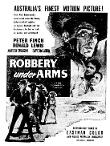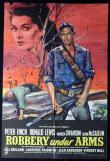 6258941096600126078.jpg
6258941096600126078.jpg
Canberra Times, 2 January 1958, p.9
Adaptation of
Robbery Under Arms : A Story of Life and Adventure in the Bush and in the Goldfields of Australia
1882
single work
novel
Issue Details:
First known date:
1957...
1957
Robbery Under Arms




